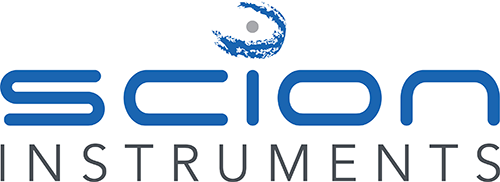Technical NotesPipettes are an essential tool in laboratories which are used to transfer volumes of liquid from one vessel to another. They can be made from glass or plastic and can be manual or electronic. Following these best practice techniques this will lead to reliable results which you can be confident in.
Technical NotesHeadspace is a versatile technique which allows for the analysis of volatile analytes in sample matrices which may be unsuitable to be directly injected into a GC or will require complicated sample preparation to make suitable. Sample preparation can be time consuming, require large volumes of expensive solvents and may introduce contamination into your sample.
Technical NotesQuEChERS is an acronym which stands for Quick, Easy, Cheap, Effective, Rugged and Safe. It is a very popular sample SPE (solid phase extraction) preparation technique which can be used for a number of sample matrices and analytes for example analysis of residual pesticides in fruits and vegetables. QuEChERS are a highly efficient, cost effective and versatile technique which can
Technical NotesPulsed Flame Photometric Detector (PFPD), has a photomultiplier which looks at a flame within the detector. The signal is acquired from changes in colour of the flame. Each element has its own emission wavelength or colour (fluorescence). Band Pass Optical Filters are used to control which element is measured by filtering out light from other sources. The light from elemental
Technical NotesThe Electron Capture Detector (ECD) was invented by James Lovelock and specifically designed to detect electrophilic compounds. The detector captures electrons from a radioactive source when electronegative analytes pass through. This gives high sensitivity, in the picogram range, for halogenated and other electron absorbing compounds.
Technical NotesLearn how to prepare your sample for analysis by GC-MS, and select the correct GC column for your sample.
Technical NotesThe frequency of the FID maintenance is dependent upon the sample matrix and application your laboratory is conducting. Read this technical note to learn how to correctly maintain your flame ionization detector (FID).
Technical NotesAchieving consistent, reliable results begins with robust quality control. In this technical note, SCION Instruments outlines practical QC best practices and calibration strategies to help laboratories ensure accuracy, compliance, and confidence in their analytical data.
Technical NotesSamples that are to be analysed by GC-MS often contain dirty compounds that sometimes require ‘specialist’ sample preparation as detailed in this guide.
Technical NotesAnalyte confirmation can be specified as a requirement for method validation to ensure that compounds during the analysis have been correctly identified. This can be important across many industries to ensure active ingredient(s) and/ or impurities within a sample can be validated as the purity or identity they have been described as for both safety and quality control.
